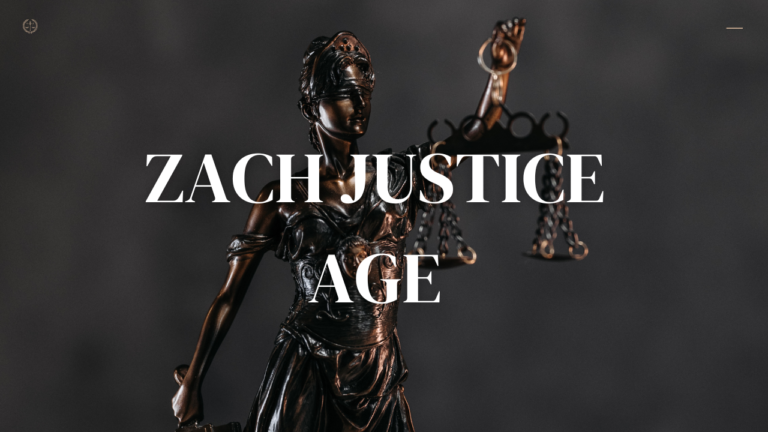Effective Strategies for Asset Protection: Employing LLCs, Partnerships, and Corporations
Key Takeaways:
- Asset protection is essential for safeguarding personal and business holdings.
- Structures such as LLCs, partnerships, and corporations offer unique protective benefits.
- Understanding legal and financial implications is critical to successful asset protection.
In the modern financial landscape, protecting your assets goes beyond being a luxury for the wealthy; it is a vital strategy for anyone who values their personal and business holdings. Given the myriad potential risks, including lawsuits, economic instability, and unforeseen catastrophes, having a robust asset protection strategy is akin to having insurance for your wealth. You can effectively safeguard your resources by employing well-structured business entities like LLCs, partnerships, and corporations. For individuals and business owners pondering over LLC protection, it’s essential to comprehend the unique benefits and potential drawbacks to tailor an effective strategy.
Understanding Asset Protection: A Basic Overview
Asset protection organizes financial affairs to safeguard assets from creditor claims or other legal vulnerabilities. Depending on your unique situation, it might include shielding your business interests, personal estates, or both. As the global economy grows more uncertain, the importance of adequately protecting your assets cannot be stressed. Whether through hedging against legal actions or potential creditor claims, the goals of asset protection are varied. Comprehensive planning might involve establishing trusts, purchasing appropriate insurance, or leveraging legal business structures.
The Role of LLCs in Asset Safeguarding
A Limited Liability Company (LLC) combines the advantages of corporations and partnerships, providing both flexibility and protection. LLCs are celebrated for shielding personal assets from business liabilities, meaning members are usually not personally responsible for the company’s debts. This separation is crucial for entrepreneurs as it minimizes personal risk. For example, if a company defaults on a debt, the LLC structure helps ensure that personal properties, like homes and personal bank accounts, are generally not at risk. The flexibility of LLCs is also notable—they allow an unlimited number of members who can all be actively involved in managing the company without losing liability protection.
Partnership Structures and Their Protective Advantages
Limited Partnerships (LPs) and Limited Liability Partnerships (LLPs) offer unique asset protection alternatives while promoting collaborative corporate growth. In an LP, general partners govern the firm, whilst limited partners are only accountable for the amount of their contributions. This setup allows silent partners to contribute capital without assuming operational risks. LLPs are especially beneficial in professional services, protecting from liabilities incurred by other partners’ negligence. With malpractice claims common in industries like law and consulting, LLPs offer a critical layer of protection, allowing a firm to operate while insulating partners from joint liability.
Corporations and Their Asset Insulation Capabilities
Incorporating a business introduces a separate legal entity distinct from its owners, which is a powerful tool for asset protection. This separation guarantees that, in most cases, shareholders’ assets are not available to pay corporate liabilities. Beyond shielding personal assets, corporations are also beneficial for accessing capital through stock sales. Let’s consider a tech startup that plans to go public; the corporate structure can be crucial for raising funds and building credibility. Whether opting for a C-Corp or S-Corp, businesses must align their choice with asset protection and operational goals while considering tax implications.
Legal Considerations in Choosing Business Entities
Choosing an appropriate business entity is a balancing act between legal protection and operational practicality. Each structure presents different legal implications, whether it’s the liability protection of an LLC, the shared management in partnerships, or the corporate shield in corporations. Key considerations include regulatory compliance, initial setup costs, and ease of day-to-day management, each profoundly impacting the entity’s feasibility. Legal counsel and financial advisors ensure the selected structure aligns with long-term personal and business objectives. This alignment shields assets without stifling growth and innovation—insights on legal structures.
Balancing Tax Implications with Asset Protection
While asset protection often garners the spotlight, tax implications are another critical dimension impacting the efficacy of chosen strategies. LLCs are popular for their pass-through taxation benefits, avoiding the double taxation issue prevalent in corporations. Partnerships offer flexible tax arrangements, with partners reporting income on their returns, potentially lowering collective tax burdens. Understanding these subtleties ensures that protecting your assets doesn’t inadvertently invite unforeseen tax liabilities. Seamlessly integrating tax considerations into asset protection planning safeguards against existing and evolving financial challenges.
Steps to Implementing an Effective Asset Protection Plan
- Determine your asset protection needs based on current assets and potential liabilities.
- Engage with legal and financial experts to understand the nuanced benefits of each business structure.
- Select business entities that uniquely suit your asset protection goals and operational dynamics.
- Continuously monitor and reassess strategies to adapt to changes in personal circumstances and the legal environment.
Implementing an asset protection plan involves more than selecting an entity; it is a multifaceted approach requiring vigilance and adaptability. Avoiding dubious strategies and staying informed of legal shifts ensures that your tactics remain compliant and effective.
Conclusion
Each organization provides unique benefits to help protect your assets from possible dangers such as litigation, financial responsibilities, and unexpected market movements. Each entity offers distinct advantages to help fortify your assets against potential risks such as lawsuits, financial liabilities, and unforeseen market fluctuations.
LLCs, for instance, limit personal liability for business debts and obligations and provide flexibility in management and tax treatment. It can benefit small business owners and entrepreneurs looking to shield their assets while enjoying favorable tax options.
Partnerships enable shared responsibilities and resources among partners, enhancing operational efficiency and fostering collaboration. By forming a limited partnership, individuals can protect their assets while allowing for more significant investment and the potential for profit-sharing, making it an attractive option for professional practices or family-owned businesses.
Corporations take asset protection a step further by offering a more structured approach to liability separation. It can benefit larger enterprises, as corporations can raise capital through stock sales and provide a clear distinction between personal and corporate liabilities. Additionally, corporations may access certain tax advantages and enhanced credibility with banks and investors.
To successfully traverse the complexity of these legal arrangements, it is critical to consult with skilled specialists, such as attorneys and accountants who specialize in asset protection techniques. Their knowledge guarantees that your selected company matches your financial objectives and personal circumstances. By carefully crafting and implementing a tailored asset protection plan, you can create a resilient barrier against uncertainties, safeguard your wealth, and promote long-term financial stability.







